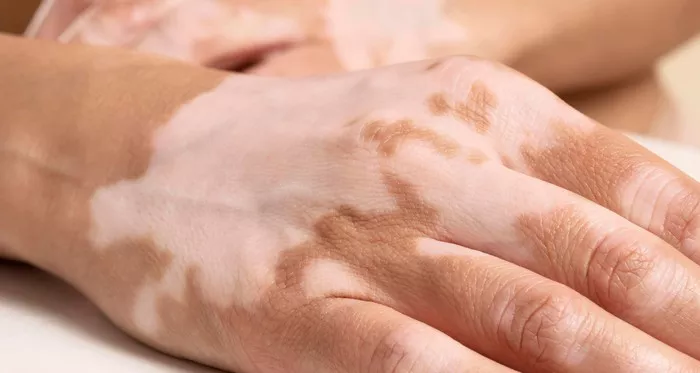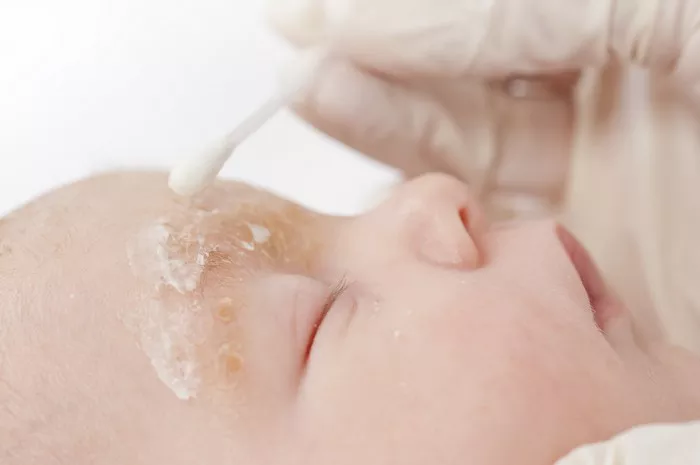Vitiligo, a chronic skin condition characterized by the loss of skin pigmentation, affects millions of people worldwide. While it can manifest at any age, it often begins in early adulthood. Understanding the signs and symptoms of vitiligo is crucial for early detection and management. In this article, we delve into the various indicators that suggest you might be developing vitiligo and explore the importance of timely intervention.
Understanding Vitiligo
Before delving into the signs of vitiligo, it’s essential to understand the condition itself. Vitiligo occurs when melanocytes, the cells responsible for producing pigment in the skin, are destroyed or stop functioning. This results in the appearance of white patches on the skin, which can vary in size and location. While the exact cause of vitiligo remains unclear, it is believed to involve a combination of genetic, autoimmune, and environmental factors.
Early Signs and Symptoms
1. Loss of Skin Pigmentation:
The most prominent indication of vitiligo is the development of white patches on the skin. These patches often start small and may gradually enlarge over time. They can appear anywhere on the body but are most commonly found on sun-exposed areas such as the face, hands, arms, feet, and lips.
2. Premature Graying of Hair:
In addition to skin depigmentation, individuals with vitiligo may also experience premature graying of hair on the scalp, eyebrows, eyelashes, and beard. This occurs due to the loss of pigment-producing cells in the hair follicles.
3. Symmetrical Patterns:
Vitiligo patches often exhibit a symmetrical pattern, meaning they appear on both sides of the body in corresponding locations. This symmetry is a characteristic feature of the condition and helps distinguish it from other skin disorders.
4. Change in Skin Texture:
As vitiligo progresses, the affected skin may become lighter in color and texture compared to the surrounding skin. It may also feel softer or smoother to the touch.
5. Sensitivity to Sunlight:
Individuals with vitiligo may notice increased sensitivity to sunlight in areas affected by depigmentation. Sun exposure can exacerbate the condition and cause further damage to the skin.
Diagnosis and Evaluation
If you notice any of the aforementioned signs or symptoms, it’s important to consult a dermatologist for a proper evaluation. Diagnosis of vitiligo typically involves a physical examination of the skin and may require additional tests such as a Wood’s lamp examination or skin biopsy to confirm the diagnosis and rule out other possible causes of depigmentation.
During the evaluation process, your dermatologist will also assess the extent of your condition and discuss treatment options based on your individual needs and preferences.
Treatment Options
While there is currently no cure for vitiligo, several treatment options are available to help manage the condition and improve the appearance of depigmented patches. These may include:
1. Topical Corticosteroids:
These anti-inflammatory medications are commonly used to reduce inflammation and promote repigmentation of the skin.
2. Topical Calcineurin Inhibitors:
These medications suppress the immune response in the skin and can be effective in treating vitiligo, especially in sensitive areas such as the face and neck.
3. Phototherapy:
Phototherapy involves exposing the skin to ultraviolet A (UVA) or ultraviolet B (UVB) light to stimulate melanocyte activity and promote repigmentation.
4. Depigmentation:
In cases where vitiligo affects a large portion of the skin, depigmentation therapy may be considered to lighten the unaffected skin and achieve a more uniform appearance.
5. Surgical Treatments:
Surgical interventions such as skin grafting, melanocyte transplantation, and micropigmentation can be options for individuals with stable vitiligo who have not responded to other treatments.
Lifestyle and Coping Strategies
In addition to medical treatments, there are several lifestyle modifications and coping strategies that can help individuals manage the psychosocial impact of vitiligo:
1. Sun Protection:
Proper sun protection, including the use of sunscreen, protective clothing, and seeking shade, can help prevent sunburn and minimize the risk of further depigmentation.
2. Cosmetic Camouflage:
Makeup and self-tanning products can be used to conceal depigmented patches and improve cosmetic appearance.
3. Support Groups:
Joining a support group or connecting with others who have vitiligo can provide valuable emotional support and encouragement.
4. Stress Management:
Practicing stress-reduction techniques such as meditation, yoga, or deep breathing exercises can help alleviate the emotional burden associated with vitiligo.
5. Educational Resources:
Educating yourself about vitiligo, its causes, and available treatments can empower you to make informed decisions about your care and advocate for your needs.
Conclusion
Recognizing the early signs and symptoms of vitiligo is essential for timely diagnosis and intervention. If you suspect you may be developing vitiligo or notice any changes in your skin pigmentation, don’t hesitate to consult a dermatologist for evaluation and treatment. While vitiligo can pose challenges, with proper management and support, individuals can lead fulfilling lives and embrace their unique beauty.

























